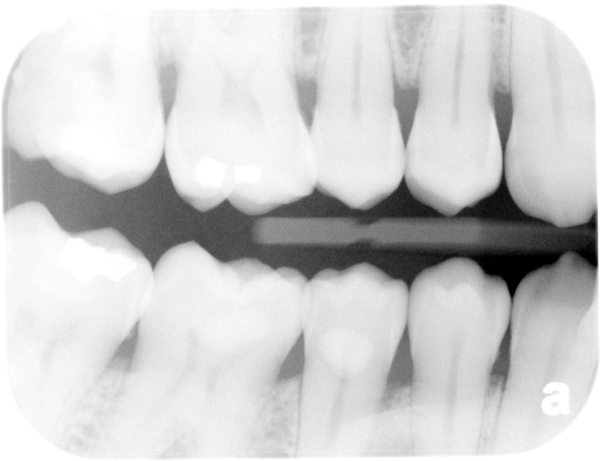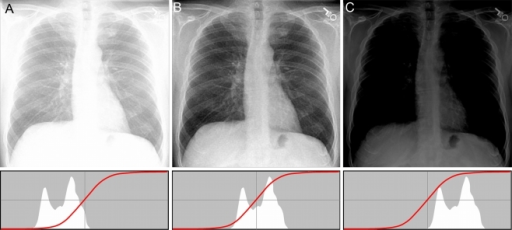

Measure we take to reduce radiation from CT scans include: In ERs, CT exams are the tool of choice because of their speed and diagnostic accuracy. Focus on ways to further reduce radiation exposure through ongoing research with our Engineering Department.ĬT (computed tomography) studies – known as a CT scan or CAT scan – have skyrocketed in popularity because they are an extremely effective tool in the diagnosis and management of disease, utilized for everything from identifying areas of the brain affected by strokes and head injuries, to detecting abnormalities of the lungs, to diagnosing abdominal diseases such as appendicitis, to assessing coronary artery disease.Test all systems to ensure they’re performing correctly.We limit the region of the body being scanned/ x-rayed to the smallest possible area.Utilize more sensitive nuclear medicine imaging equipment (such as single photon emission computed tomography and positron emission tomography scanners) lets us use smaller doses of radiotracers (a radioactive molecule used in certain imaging tests to help find problems in the body).Digital X-ray detectors, special X-ray beam filters, and other new technologies reduce radiation doses in radiography, mammography, and fluoroscopy.


Our Physics Quality Control Group works in conjunction with radiologists and technologists to identify and purchase imaging systems with features that minimize radiation dose.We have pursued several important measures to minimize radiation exposure without sacrificing image quality, including: Taking Big Steps to Lower Radiation for Our Patients Patients are virtually always better off having a needed imaging study than avoiding the modest radiation associated with it. The most important message regarding radiation is that of relative risk.If you don’t get the exam, you save the radiation, but don’t get the diagnostic information. However, it’s a tradeoff: If you get the exam, you get the diagnostic information needed. You don’t have to have any examination recommended.Patients should look for an imaging facility that is accredited and physicians who are board-certified, which will increase chances for the best study at the lowest dose.Our average radiation dose at the Univeristy of Michigan is now 9 mSv. Below 100 mSv, don’t worry above that number, we think you’re at increased risk. A threshold typically used is 100 thousandths of a sievert, or 100 millisieverts (mSv). Radiation is often measured in units known as sieverts.While no large-scale studies on cancer risks from diagnostic radiation exist, data from the Japanese A-bomb survivors exposed to low levels of radiation suggests that frequent exposure to the low levels of radiation may increase the risk of eventually developing cancer, particularly if the person is young.From utilizing the latest equipment for quicker studies to performing patient exams at the lowest radiation exposure necessary, your safety is our priority. The University of Michigan’s Department of Radiology is committed to lowering radiation exposure for our patients.


 0 kommentar(er)
0 kommentar(er)
